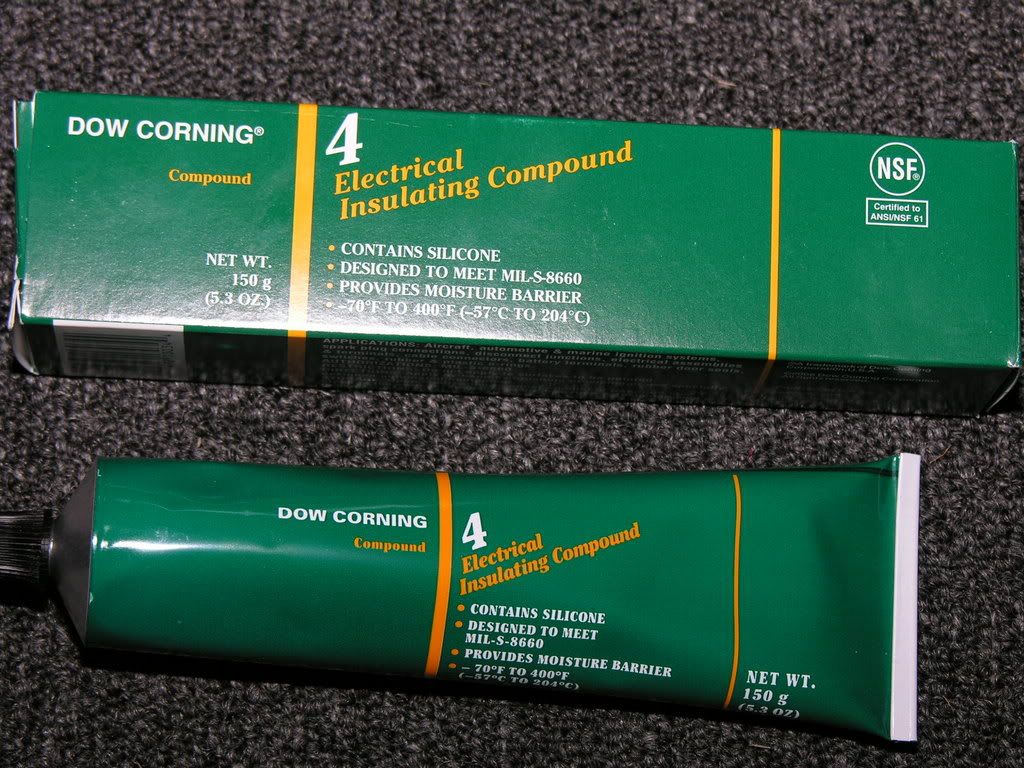eagle_orion
n00b
- Joined
- Mar 9, 2008
- Messages
- 18
What are the technical difficulties / impracticalities / "ineffectivenesses" of integrating a "micro" heat pump on a motherboard? What I'm referring to here is, basically, a refridgerator engine.
In the case of the motherboard, you could use a very small pump device to push a gas into a network of very small tubes, maybe even filament like, on the back of the motherboard. This would pressurize the gas, heating it up, and allowing it to release heat as it moved through the tubes. The tube-network would lead to chipsets, cpus, and other hot spots. Shortly before reaching these points, the tubes would converge into bottlenecks that keep the gas before these points pressurized and the gas after depressurized. Once the gas passes through a bottleneck, it enters a compartment directly under a processor heatsink, where it depressurizes and cools considerably below room temperature, thus allowing the processor to dissipate heat without using heavy duty cooling devices that are compromised by the necessity to work at room temperature.
In fact, really, this would be a re-distribution of heat across the motherboard, instead of direct dissipation to the environment from specific points (like the cpu.)
Now as for what you'd use as a pump that works on such a small level like that without producing noise, I'm not sure. I had the idea of using a changing magnetic field and one-way valves to propel an ionized gas. Not sure if that's feasible though.
In the case of the motherboard, you could use a very small pump device to push a gas into a network of very small tubes, maybe even filament like, on the back of the motherboard. This would pressurize the gas, heating it up, and allowing it to release heat as it moved through the tubes. The tube-network would lead to chipsets, cpus, and other hot spots. Shortly before reaching these points, the tubes would converge into bottlenecks that keep the gas before these points pressurized and the gas after depressurized. Once the gas passes through a bottleneck, it enters a compartment directly under a processor heatsink, where it depressurizes and cools considerably below room temperature, thus allowing the processor to dissipate heat without using heavy duty cooling devices that are compromised by the necessity to work at room temperature.
In fact, really, this would be a re-distribution of heat across the motherboard, instead of direct dissipation to the environment from specific points (like the cpu.)
Now as for what you'd use as a pump that works on such a small level like that without producing noise, I'm not sure. I had the idea of using a changing magnetic field and one-way valves to propel an ionized gas. Not sure if that's feasible though.
![[H]ard|Forum](/styles/hardforum/xenforo/logo_dark.png)

